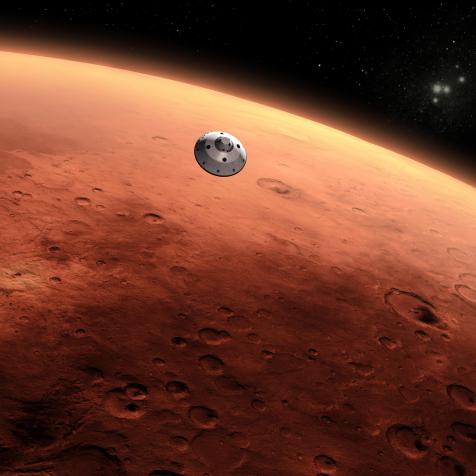
Chayanan
Quantum Messages Could be the Future of Alien Communication with Earth
Quantum signals can travel over interstellar distances, shows new findings.
Recently, the search for alien communication has made headlines. NASA scientists have tried to use binary code to send messages to space in hopes of making contact with aliens. The head of NASA even confirmed the Search for Extraterrestrial Intelligence (SETI) program within the organization.
Now, researchers have a new way to search for messages from E.T., quantum communication.
In a new study, scientists report that photons, or particles of light, can be transmitted over vast distances without losing their quantum nature. The average density of matter in space is significantly less than matter on earth, meaning particles could be expected to traverse further distances before suffering decoherence.

Arctic-Images
This knowledge means that scientists looking for alien communication could look for quantum signals. Intelligent extraterrestrials, if they’re out there, may have also adopted quantum communication, says Arjun Berera, a theoretical physicist.
Researchers calculated how far light could travel through space unscathed. They found that x-rays specifically have the potential to travel hundreds of thousands of light-years, or even more, meaning they could easily traverse the Milky Way.
Scientists are already developing quantum communication here on Earth because it is potentially more secure than standard communication. This technology uses quantum particles to send and receive information. Could aliens already be ahead of us?

















